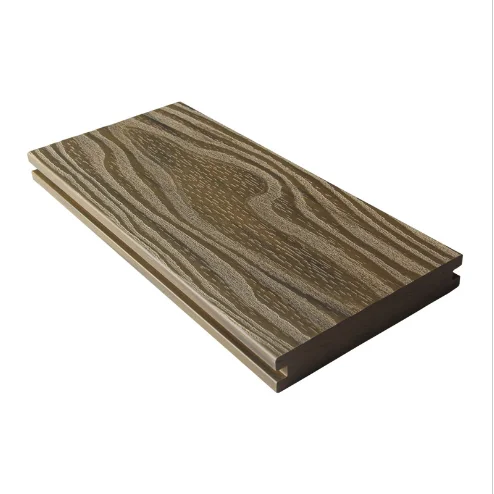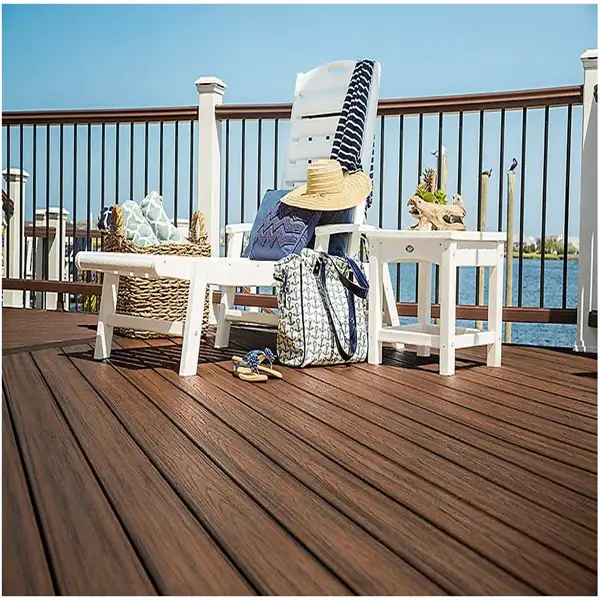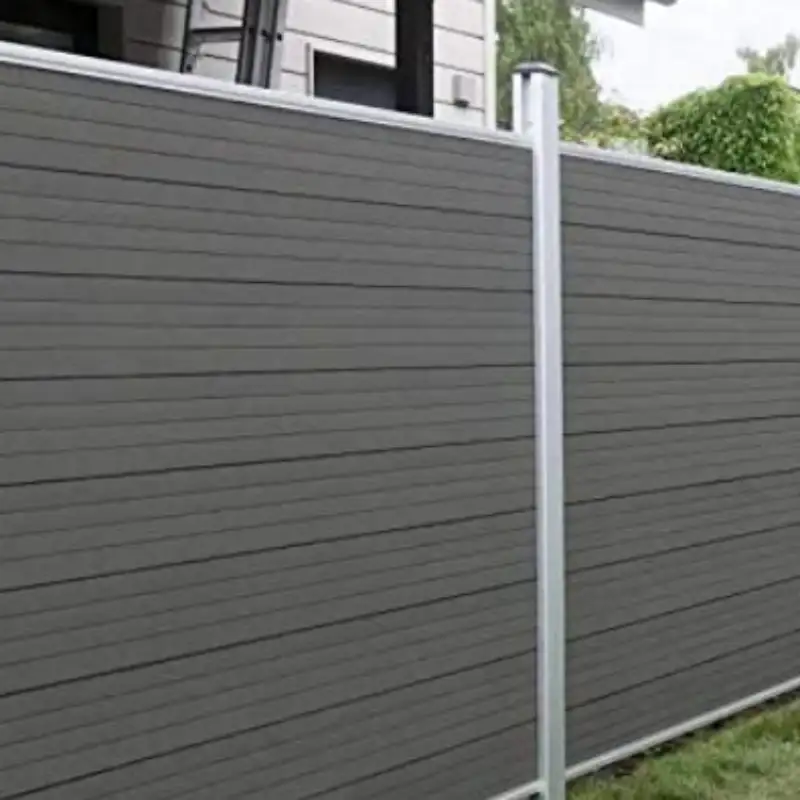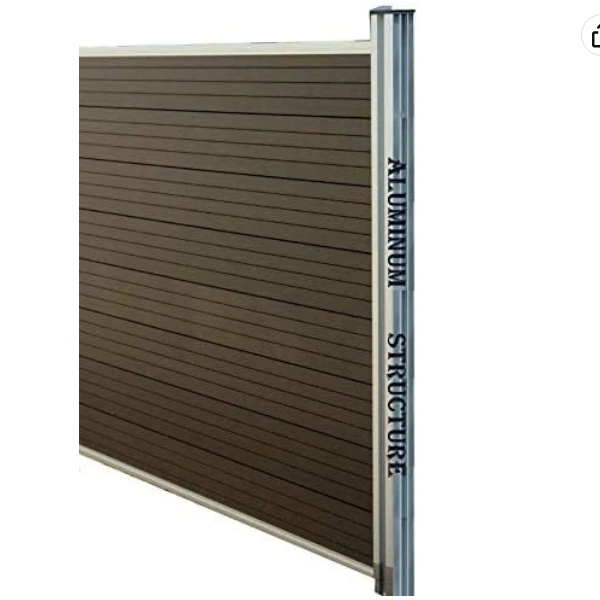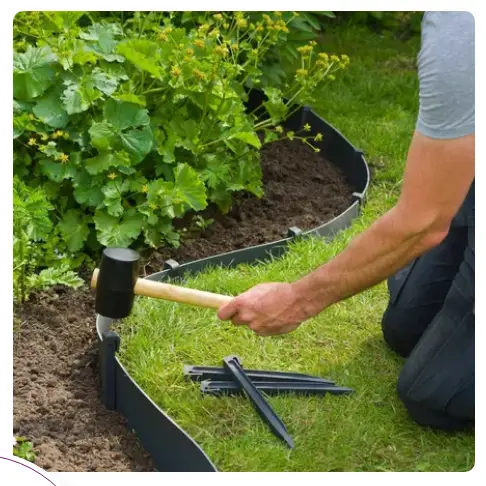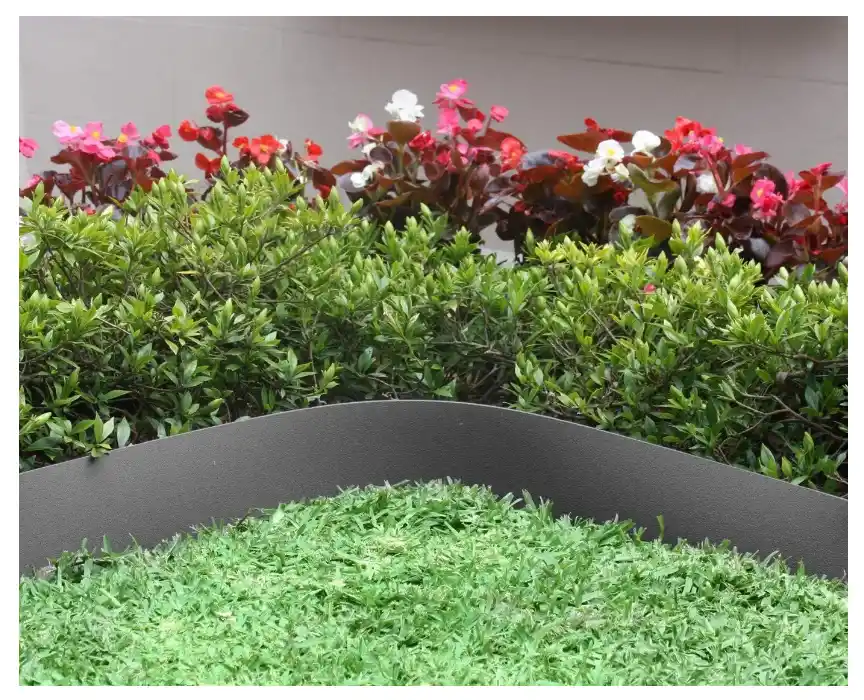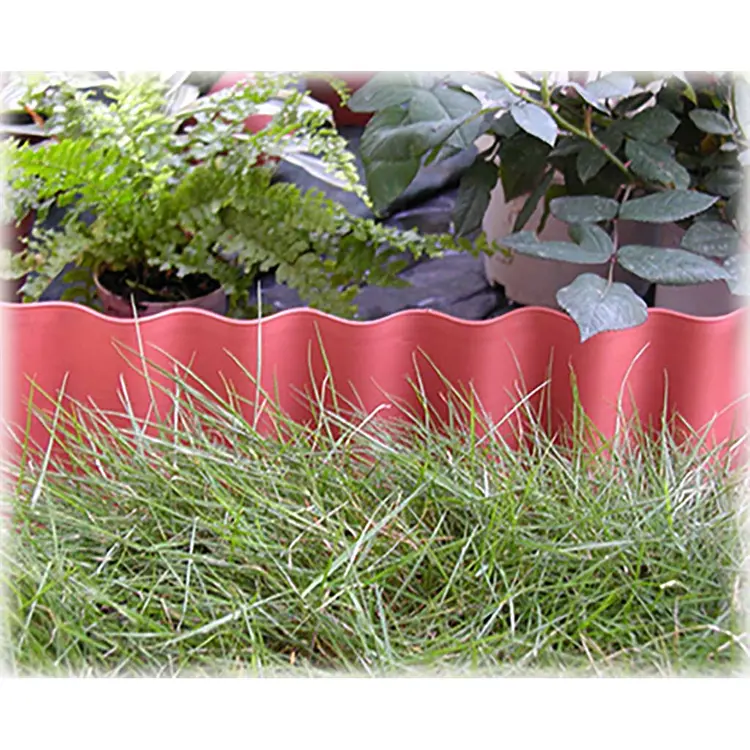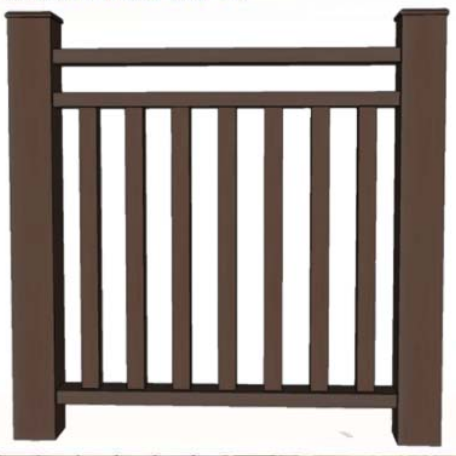Seaside environments are known for their picturesque beauty, but they also pose unique challenges for construction materials. Selecting the right flooring for coastal boardwalks is paramount for longevity, safety, and aesthetics.Just imagine, meeting up with your friends to go fishing on the seaside boardwalk on the weekend, bringing saltwater fishing rods, barbecue equipment, cold beer, etc. This is a wonderful weekend. Wood-Plastic Composite (WPC) flooring emerges as the perfect solution. Here's why:
1. Moisture Resistance:
Seaside boardwalks are constantly exposed to moisture from the sea breeze and occasional splashes. WPC flooring, crafted from a fusion of wood fibers and plastic, inherently resists water damage. This characteristic ensures it stands up to the corrosive effects of a coastal environment.
2. Durability and Wear Resistance:
High traffic is a common occurrence on seaside boardwalks, necessitating a material that can withstand constant foot traffic. WPC flooring is engineered for durability and exhibits remarkable wear resistance, maintaining its visual appeal even under heavy use.
3. Slip Resistance for Safety:
Given the potential for wet conditions near the sea, slip resistance is paramount. WPC flooring is designed with textured surfaces to enhance traction, providing a safe walking surface for visitors.
4. UV Stability:
Seaside areas are exposed to intense sunlight. WPC flooring is formulated to resist fading and damage from UV radiation, ensuring it maintains its color and integrity over time.
5. Low Maintenance:
Seaside boardwalks require regular maintenance due to exposure to saltwater and other elements. WPC flooring is easy to clean, requiring minimal effort to keep it looking fresh and inviting.
6. Environmentally Conscious:
WPC flooring is crafted from a combination of recycled wood fibers and plastic, reducing the demand for natural resources. This eco-friendly choice aligns with sustainable construction practices.
Specifications:
Material Composition: Wood fibers and recycled plastic
Dimensions: Standard WPC planks come in various lengths, typically ranging from 8 to 16 feet, with widths ranging from 6 to 12 inches.
Thickness: WPC boards generally range from 5/8 to 1 inch in thickness.
Finishes: Available in a variety of wood-like finishes, offering an aesthetic that complements the coastal environment.
In conclusion, WPC flooring stands out as the ultimate choice for seaside boardwalks. Its blend of moisture resistance, durability, safety features, and eco-friendly composition make it an ideal material for constructing boardwalks in coastal areas. When it comes to creating a resilient, beautiful, and sustainable seaside boardwalk, WPC flooring leads the way.
How to Install WPC Flooring on a Seaside Boardwalk
Installing Wood-Plastic Composite (WPC) flooring on a seaside boardwalk requires careful planning and execution to ensure a durable and aesthetically pleasing result. Here are the steps to guide you through the process:
Materials Needed:
WPC Flooring Planks
Joists or Substructure
Stainless Steel Deck Screws
Joist Clips (Optional, for added stability)
Spacers (for even spacing between planks)
Measuring Tape
Circular Saw or Miter Saw
Drill and Screwdriver
Steps:
Prepare the Substructure:
Ensure the substructure (joists) is stable, level, and properly anchored to the ground or support beams. Use pressure-treated wood for long-term durability.
Create Adequate Ventilation:
Allow for proper ventilation beneath the boards to prevent moisture buildup. Use spacers to maintain even gaps between the planks.
Begin Installation:
Start at one end of the boardwalk. Lay the first WPC plank perpendicular to the joists, allowing for a slight overhang if desired.
Secure the Planks:
Use stainless steel deck screws to attach the plank to the joists. Place screws near the edges, ensuring they are driven in straight to prevent splitting.
Maintain Proper Spacing:
Insert spacers between the planks to maintain consistent spacing. This allows for expansion and contraction due to temperature and humidity changes.
Continue Installing Planks:
Repeat the process, ensuring each plank is securely fastened and evenly spaced. Trim the last plank as needed to fit the remaining space.
Stagger Joints:
Stagger the joints between adjacent rows for a more secure and visually appealing installation. This helps distribute weight evenly.
Secure the Edges:
Install fascia boards along the edges of the boardwalk to provide a finished look and protect the exposed ends of the WPC planks.
Check for Levelness:
Use a level to ensure the boardwalk surface is even and free from any noticeable dips or rises.
Inspect and Make Adjustments:
Walk along the boardwalk to check for any loose or uneven planks. Tighten screws or make adjustments as necessary.
Apply Finishing Touches:
Seal the ends of the cut planks with a protective sealant to prevent moisture penetration.
By following these steps and ensuring proper installation techniques, you can create a sturdy and visually appealing seaside boardwalk using WPC flooring. Remember to adhere to manufacturer's guidelines and local building codes throughout the installation process.
Maintenance Guidelines for WPC Flooring on Seaside Boardwalks
After installing Wood-Plastic Composite (WPC) flooring on a seaside boardwalk, it's essential to implement a regular maintenance routine to ensure its longevity and optimal performance in the coastal environment. Here are the key maintenance steps to follow:
Regular Cleaning:
Sweep or use a leaf blower to remove debris, sand, and leaves from the surface of the boardwalk. This prevents scratches and abrasions.
Rinsing with Water:
Periodically rinse the boardwalk with water to remove salt, sand, and other residues brought in by sea breezes or visitors.
Avoid Harsh Chemicals:
Refrain from using abrasive or corrosive cleaning agents, as they can damage the surface of the WPC flooring. Opt for mild, non-abrasive cleaners.
Inspect for Damage:
Regularly check for any signs of wear, loose fasteners, or damage to individual planks. Replace or repair damaged sections promptly.
Maintain Proper Ventilation:
Ensure that there is proper airflow beneath the boardwalk to prevent moisture buildup. Clear any debris or obstructions from ventilation gaps.
Address Mold or Mildew:
If mold or mildew appears on the surface, use a mixture of water and mild soap to clean the affected area. Rinse thoroughly and allow to dry.
Seal Exposed Ends:
If any cuts or openings have been made during installation, seal the exposed ends with a protective sealant to prevent moisture penetration.
Check for Proper Spacing:
Ensure that the gaps between planks remain consistent to allow for natural expansion and contraction. Replace any damaged spacers.
Inspect Fasteners:
Periodically check the screws or fasteners for tightness. Replace any that have become loose or corroded.
Apply UV Protectant (if necessary):
Depending on the specific WPC product, consider applying a UV protectant to maintain color vibrancy and protect against sun damage.
Fascia Board Inspection:
Examine the fascia boards along the edges for any signs of damage or deterioration. Replace or repair as needed.
Reapply Sealant (as needed):
If the original sealant begins to wear off, reapply it to maintain moisture resistance.
By following these maintenance guidelines, you can ensure that your seaside boardwalk with WPC flooring remains safe, attractive, and durable for years to come. Regular upkeep will help protect your investment and preserve the beauty of the coastal environment.
